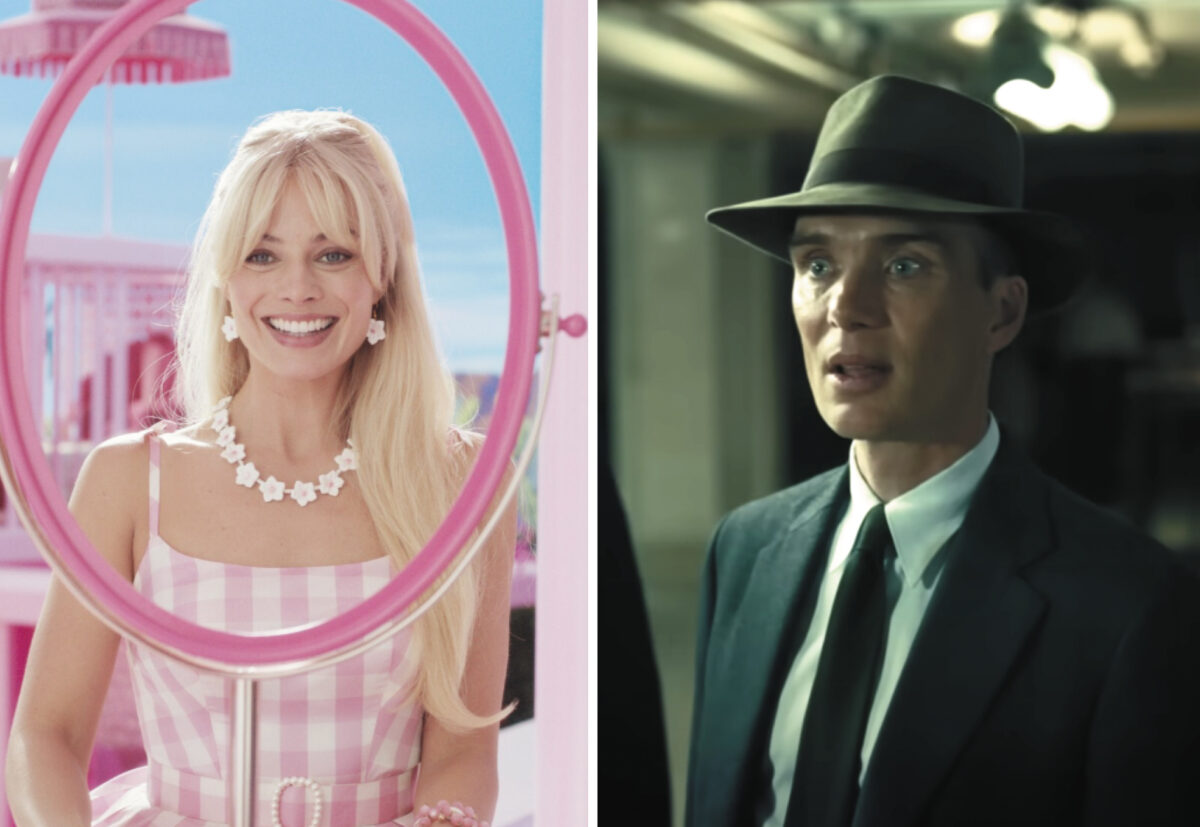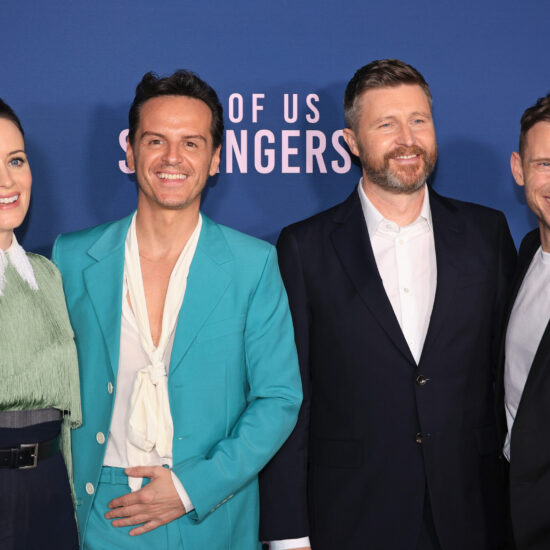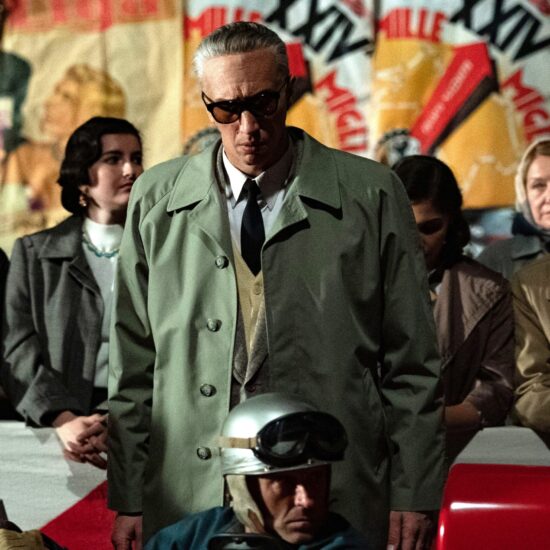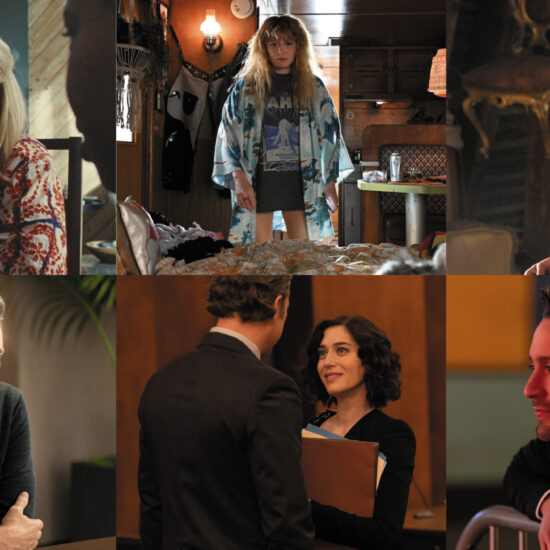
[Editor’s Note: This post contains minor spoilers for “Barbie” and “Oppenheimer.”]
In April 2022, Greta Gerwig’s “Barbie” film, an adaptation of the iconic Mattel doll line starring Margot Robbie, set its release date for July 21, 2023. The date, as many immediately pointed out, was already the release date of Christopher Nolan’s next film, “Oppenheimer,” a biopic of the creator of the atomic bomb, featuring Cillian Murphy in the title role.
Both films had already been linked together for some (specifically the very online); during the early months of 2022, when both films were finalizing casting, it became a Twitter joke that pretty much every performer in Hollywood was in one of the two film’s gigantic ensembles. Add in some real-world drama involving Nolan’s messy split from Warner Bros., the same company releasing “Barbie,” and soon “Barbenheimer” was born: a jokey rivalry between the two very different features, which eventually evolved into a viral trend of people booking themselves double features for the R-rated biopic and the kid-friendly comedy.
It’s easy to understand why Barbenheimer took off; internet trends that encourage real-world action can lead to real community building. And it’s a trend that movie theater owners will no doubt appreciate because it’s drumming up real business. But the conversation about both films has been somewhat hamstrung by the meme, with the collective fervor for it in particular overshadowing “Oppenheimer” as a footnote in the “Barbie” craze. It’s also a trend that was created and hyped up about a year before anyone had actually seen the two films. That leaves an obvious question: is this actually a good double feature? Do these films complement each other in any way?
To figure out, this reporter engaged in a “Barbenheimer” double feature of his own. At 5 p.m. on Thursday, I schlepped over to the AMC in Century City to see “Oppenheimer” in IMAX , where several audience members were dressed in all pink get-ups and one man was wearing a “Barbenheimer” shirt with both film’s logos combined together. Then, after a quick break to grab food at 8 p.m., I headed back into the theater to join a large and very enthusiastic, almost uniformly pink-wearing crowd headed to a 10 p.m. showing of “Barbie.”
Here are all your questions about “Barbenheimer,” answered.

Do the films actually work as a double feature?
Decently so! “Barbie” and “Oppenheimer” are, unsurprisingly, very different theatergoing experiences: “Barbie” is an easy-to-digest comedy that had the crowd rolling in their seats and cheering (especially at the surprisingly numerous jokes making fun of Century City businessmen). “Oppenheimer” is a dour character study that mostly left the audience silent barring the occasional joke (though someone did cheer when Albert Einstein, played by Tom Conti, first appeared), and the astonishing bomb test scene that made it impossible not to jump in your seat a little.
Thematically though, the films do have enough in common to make for a double feature where they feel like they’re in conversation with each other. For one, there’s the obvious gender element: one of the main reasons “Barbenheimer” became a joke is the (somewhat reductive, but also based on a kernel of truth) way the two films have been perceived as being aimed “for girls” or “for boys.”
“Barbie” is very explicitly a movie about gender, with the third act featuring Barbie taking down a makeshift patriarchy that popped up in Barbie Land, as well as several grand speeches about what it means to be a woman in modern day society. “Oppenheimer” is a very male-fronted production, and the film doesn’t exactly fix Nolan’s notorious tendency toward shallow female characters: in its ensemble, the two main women are Oppenheimer’s wife Kitty (Emily Blunt), memorably brittle but underserved by the script, and his former flame Jean Tatlock (Florence Pugh), who doesn’t transcend the tragic dead lover that Nolan has trotted out as a symbol in movies like “Inception.”
And yet, “Oppenheimer” isn’t not about the patriarchy, either. The film contains some brief but pointed scenes detailing the institutional sexism that Kitty and Lilli Hornig (Olivia Thirlby), a female member of the Manhattan Project, experience in their professions; one memorable sequence features Kitty sitting in on a hearing for her husband, out of focus and invisible to the men in the room even as they speak directly about her. Even without those moments, the meat of the film — in which white men sit in boardrooms and determine the direction of humanity for everyone else — works as a demonstration of the systems of power that “Barbie” spends its runtime (lightly) attempting to dismantle.
Less obvious but perhaps more interesting, both films explore themes of individualism, just in completely opposite ways. “Barbie’s” main storyline is about the importance of developing an individual identity beyond the constraints of society; both Robbie’s title doll and Ryan Gosling’s ditzy Ken struggle with feeling confined to their roles as prescribed by their toy status, and their arcs are about going on a quest to find out who they really are. “Oppenheimer,” meanwhile, is a classic Great Man story corrupted, a tale of a man whose pursuit of his own purpose causes the horrific deaths of thousands of people. Think of Robbie’s wide-eyed and innocent Barbie and Murphy’s haunted and shell-shocked Oppenheimer as two sides of the same coin: one who doesn’t know what their purpose is and is excited by the possibilities of finding out, the other someone who pursued their purpose and ended up bitterly regretting it.

What order should you see them in?
Ultimately, “Oppenheimer” followed by “Barbie” feels like the right call for the double feature to really hit. After the heavy, exhausting three-hour run of “Oppenheimer,” it’s hard not to want a pick-me-up pretty much immediately. “Barbie” provides that; its poppy soundtrack and bright colors makes for an immediately uplifting experience, one that ends the night on a high. That’s not to suggest “Oppenheimer” is a completely joyless experience, the vegetables to “Barbie’s” dessert, but its ending leaves the audience with an existential dread, one that “Barbie” both reflects in its story about the title character’s own existential dread, and cures with its sunny sweetness.
An argument could be made that “Oppenheimer,” as the heavier film, should be left to the end. “Barbie” is a fun time at the theaters, but it’s easier to put at the back of your mind, while “Oppenheimer” is an almost overwhelming epic that you might return to even when you’re trying to enjoy Robbie and Gosling’s buddy comedy antics. What order audiences choose likely will come down to scheduling around “Oppenheimer’s” hefty runtime more than anything else. With that said, if you’re going to these movies as a group, the choice feels clear: would you rather close out an outing with friends on Ludwig Göransson’s mournful “Oppenheimer” score, or the Ice Spice and Nicki Minaj version of “Barbie World” that plays over the film’s credits? Save the “Come on Barbie, Let’s Go Party” for the double feature’s grand finale.

Which one is the better film?
That depends on taste, but frankly, both films have their flaws, some fairly similar to one another. For one thing, they both have pacing and structure issues. “Oppenheimer” is divided into three separate strains: the main plot of the film, a fairly linear telling of the titular theoretical physicist’s life from college to the Manhattan Project, and two separate hearings involving Oppenheimer’s nemesis Lewis Strauss (Robert Downey Jr.), peppered throughout the movie. The film doesn’t always know how to cut between these three storylines, and as such, it feels rushed and erratic until the main plot kicks in and the Manhattan Project actually starts, about an hour in.
“Barbie,” meanwhile, has the same problem in reverse: it’s by far at its most fun during the first half-hour or so, when the movie is content to just play around in the gorgeous “Barbie Land” world Gerwig and her production design team created. Once Barbie and Ken head out on their journey into the real world, the movie pretty much instantaneously loses steam, the ratio of jokes that miss to jokes that hit becomes basically 1:1, and several insipid scenes featuring a grating Will Ferrell as Mattel’s CEO threaten to kill the movie’s buzz entirely (considering Robert Downey Jr.’s flat turn in “Oppenheimer,” a weak performance from a “Saturday Night Live” alum in an otherwise strong ensemble is another major issue both films have in common).
Broadly speaking, “Barbie” is perhaps the more obviously flawed movie, in part because of its status as a two-hour brand extension: whereas “Oppenheimer” feels very coherent with the points it makes about power and obsession, “Barbie” is never quite able to reconcile its aims to satirize the brand and celebrate it at the same time, all while appeasing the Mattel executives who were likely breathing down Gerwig’s neck during production. Its points about feminism, patriarchy, consumerism, and capitalism all feel a bit hollow and shallow, never seriously running the risk of offending anyone in the audience.
That said, its failings also made “Barbie” the more interesting movie of the two, at least to this reporter, a fascinating study of trying to create art in the corporate studio system that still carries Gerwig’s voice, even if it falls short of her other films. And it’s likely many will have different takes about both films and how they compare to each other: you’ll have to go on your own “Barbenheimer” journey to find out.















